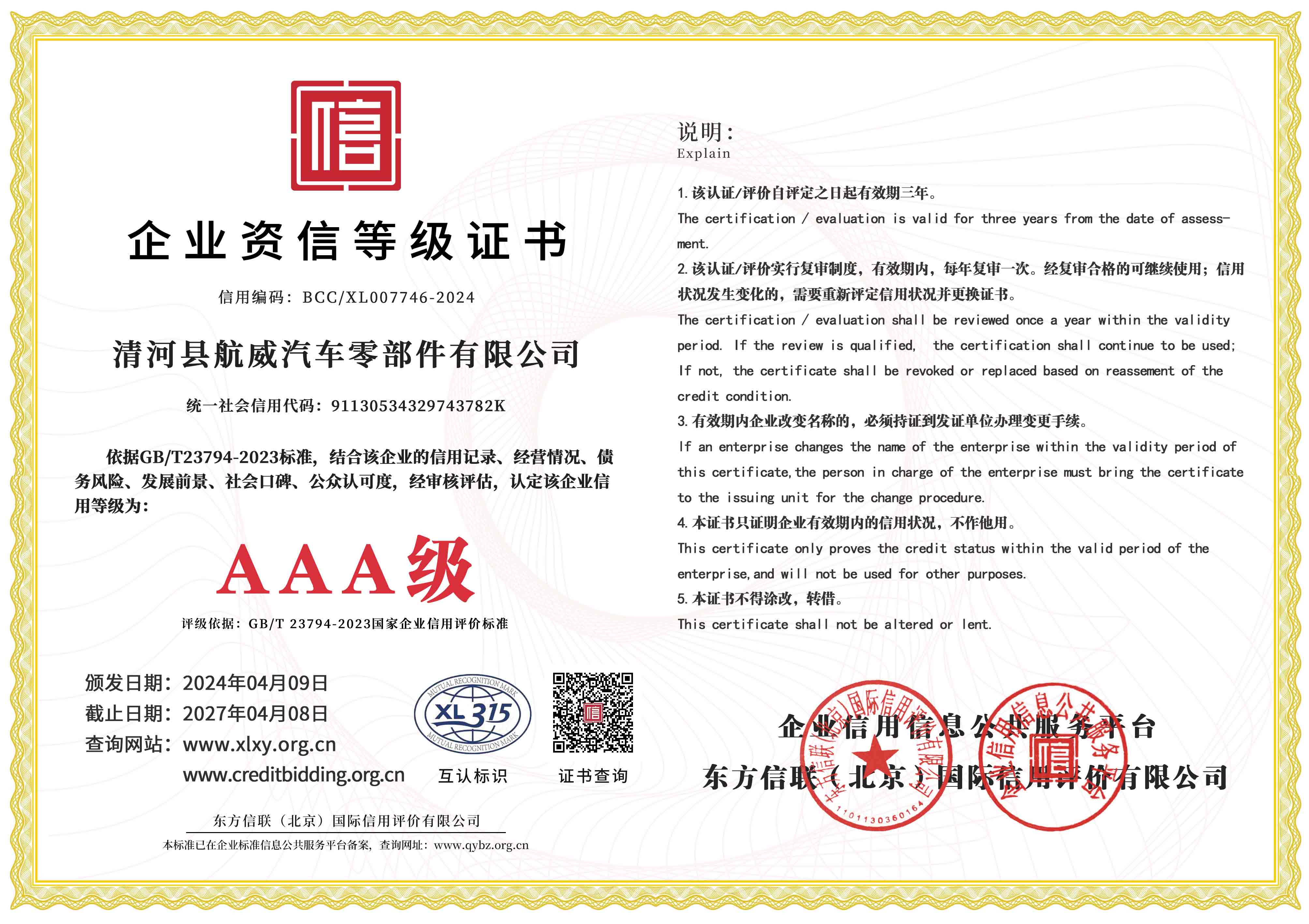Adjusting Hand Brake Cable for Optimal Performance and Safety in Your Vehicle
Understanding Hand Brake Cable Adjusters A Comprehensive Guide
The hand brake, or parking brake, is an essential component of any vehicle, ensuring that it remains stationary when parked. One crucial part of this system is the hand brake cable adjuster. Understanding its role, how to maintain it, and when to adjust or replace it can significantly enhance the safety and performance of your vehicle. This article will delve into the intricacies of hand brake cable adjusters, highlighting their importance and offering practical advice for vehicle owners.
What is a Hand Brake Cable Adjuster?
The hand brake cable adjuster is a mechanism that regulates the tension of the hand brake cables. These cables connect the hand brake lever inside the vehicle to the brake shoes or discs at the rear wheels. When you pull the hand brake lever, the tension in the cables increases, engaging the brake and immobilizing the vehicle. Over time, these cables can stretch or wear out, leading to reduced effectiveness of the hand brake. This is where the adjuster comes into play.
Importance of Proper Adjustment
An improperly adjusted hand brake can lead to several issues. If the tension is too loose, the hand brake may not engage adequately, causing the vehicle to roll even on an incline. Conversely, if the tension is too tight, it can cause premature wear on the brake components and lead to increased braking distance. Regular inspection and adjustment of the hand brake cable tension is vital for optimal vehicle performance and safety.
How to Identify When Adjustment is Needed
There are several signs that your hand brake cable might need adjusting
1. Increased Travel Distance If you notice that the hand brake lever has to be pulled higher than usual to engage the brake, it’s a sign that the cables may be too loose.
3. Unusual Noise Cables that are too tight might cause grinding or squeaking noises when the brake is engaged, indicating a need for adjustment.
hand brake cable adjuster

4. Visual Inspection Routine checks can help; look for fraying or wear in the cables and ensure that the adjuster is functioning correctly.
How to Adjust the Hand Brake Cable
Adjusting the hand brake cable can often be done at home with basic tools. However, if you are not comfortable performing this task, a qualified mechanic can assist. Here’s a general guide on how to adjust it yourself
1. Park the Vehicle Safely Ensure that your car is parked on a level surface and turn off the ignition.
2. Locate the Adjuster Depending on your vehicle model, the hand brake cable adjuster can usually be found under the car or near the hand brake lever inside.
3. Check Tension Pull the hand brake lever and check the tension in the cables. If it travels more than 5-7 clicks, it may need adjustment.
4. Make Adjustments Using a wrench, turn the adjuster clockwise to increase tension or counterclockwise to decrease it. Aim for a comfortable lever pull with 3-5 clicks for proper engagement.
5. Test the Hand Brake After making adjustments, test the hand brake on a slope to ensure it holds the vehicle securely.
6. Recheck After driving for a short distance, recheck the adjustment and make minor tweaks if necessary.
Conclusion
Maintaining the hand brake cable adjuster is crucial for the safety and efficiency of your vehicle. Regular inspections, timely adjustments, and awareness of warning signs can help ensure that your hand brake operates effectively. Remember, while some maintenance tasks can be performed at home, don’t hesitate to consult a professional if you are unsure. A well-adjusted hand brake not only contributes to your safety but also enhances the longevity of your vehicle’s braking system. Always prioritize safety—after all, your vehicle's ability to remain stationary when parked can save lives.
-
Workings of Clutch Pipe and Hose SystemsNewsJun.04,2025
-
The Inner Workings of Hand Brake Cable SystemsNewsJun.04,2025
-
The Secrets of Throttle and Accelerator CablesNewsJun.04,2025
-
The Hidden Lifeline of Your Transmission Gear Shift CablesNewsJun.04,2025
-
Demystifying Gear Cables and Shift LinkagesNewsJun.04,2025
-
Decoding Clutch Line Systems A Comprehensive GuideNewsJun.04,2025
